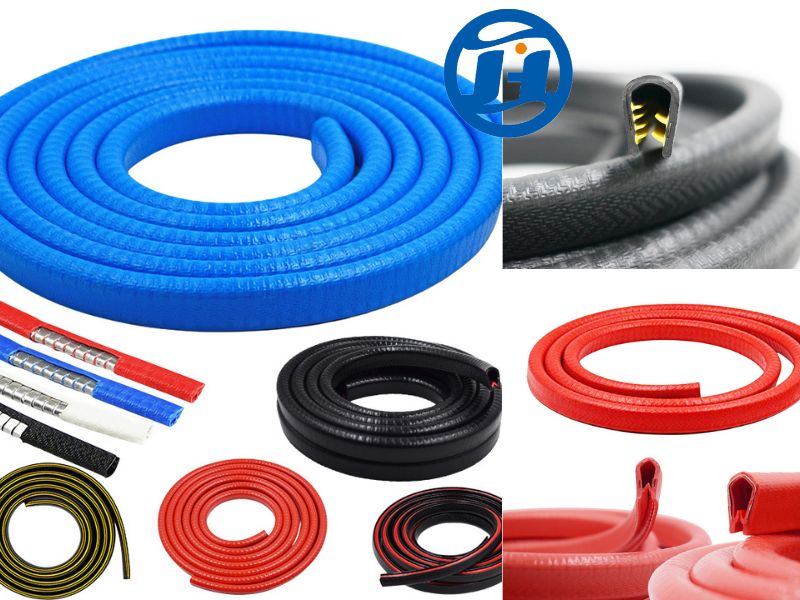What Are You Looking For?

Edge trim is a crucial component in various manufacturing and design processes, particularly in industries such as automotive, furniture, and textiles. This article explores what edge trim is, its applications, and the benefits it offers.
Edge trim refers to a type of finishing material applied to the edges of products to enhance their appearance, protect them from damage, and improve their durability. Typically made from materials such as plastic, rubber, metal, or fabric, edge trims come in various shapes and sizes, allowing them to fit different applications and aesthetic requirements.
Automotive Industry: Edge trim is widely used in vehicles to cover sharp edges and enhance the aesthetic appeal of interiors. It can be found on dashboard edges, door panels, and window trims, providing a polished look while ensuring passenger safety.
Furniture Manufacturing: In furniture production, edge trim is applied to tables, cabinets, and shelves to protect edges from chipping and wear. It also serves as a decorative element, helping to achieve a cohesive design.
Textiles and Upholstery: In textiles, edge trims can be used to finish the edges of fabrics, preventing fraying and enhancing the overall look of upholstered furniture and garments.
Construction and Architecture: Edge trim is used in construction to finish off exposed edges of materials such as drywall, flooring, and countertops, contributing to a clean and professional appearance.
Packaging: Edge trim can be employed in packaging to reinforce the edges of boxes and products, preventing damage during shipping and handling.
Enhanced Durability: Edge trim provides protection against wear and tear, extending the life of products by safeguarding edges from impacts and scratches.
Improved Aesthetics: Edge trim can significantly enhance the visual appeal of a product. With a variety of colors, textures, and materials available, it can complement the overall design and branding.
Safety: By covering sharp edges, edge trim reduces the risk of injury, making products safer for consumers and users.
Ease of Installation: Many edge trim products are designed for easy application, requiring minimal tools and expertise, which can streamline production processes.
Cost-Effective: By protecting products from damage, edge trim can reduce long-term maintenance and replacement costs, making it a cost-effective solution in various industries.
Edge trim plays an essential role in enhancing the functionality and aesthetics of products across multiple industries. Its protective properties, combined with its ability to elevate design, make it a valuable component in manufacturing and design processes. As technology and materials continue to evolve, the applications and benefits of edge trim are likely to expand, further solidifying its importance in modern production practices.